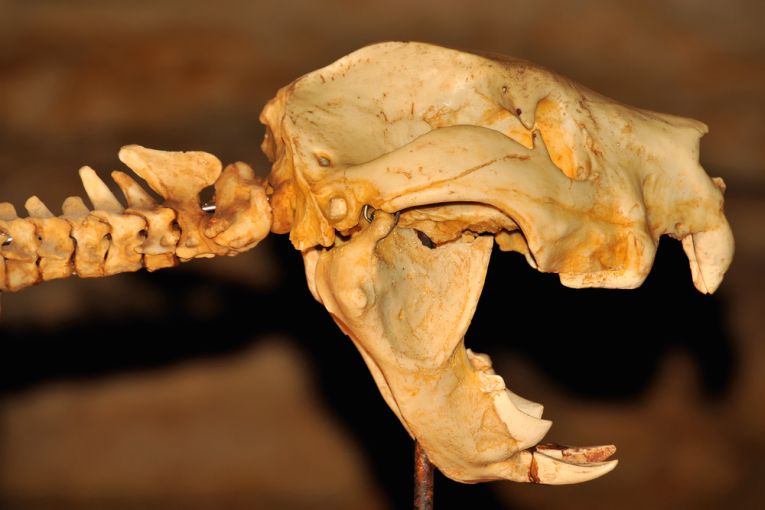When the evolution of mammals began, there was no sign of what we regard as our basic furry, placental features. Now we are transforming our views on Mesozoic evolution. As the flowering plants radiated into many different types, our ancestral therians enjoyed the choices available and changed shape, though remaining small. We have to imagine small insectivores and other small mammals looking a little similar to those around today, but composed of different taxons. As our ancestral therians coped with the advance of the flowering Angiosperms, however, the other mammal types disappeared, despite the increasing flowering around them. Using the appearance, the taxonomy and the diet to investigate habits, a new story of reduction in mammal variety appears.
Indiana University researchers, David Grossnickle and Professor P. David Polly showed that some Cretaceous mammals declined in numbers of species when they researched the paper in the Proceedings of the Royal Society B. We are placed in the middle of the Cretaceous period. Before the late Cretaceous when dinosaurs became extinct, there were no large numbers of purely herbivorous mammals that we have existing nowadays.
Pollinating insects, lots of flowers and the rise of mammals have always been linked, since the origin of flowering plants was traced back to the Late Triassic. By the late Cretaceous, ferns and gymnosperms had been pushed back to make way for the diverging groups of the Angiosperms. Many animal groups are supposed to have joined this "revolution." Obviously the beetles, bees and butterflies would have enjoyed the offerings of pollen and nectar, but it seems the flowers may not have dominated so early, until woody types evolved.
This leaves the Mid-Cretaceous with less mammalian radiation. It's possible that herbivores with multituberculate molar teeth and insectivores were associated with their food plants' evolution, or that other factors, such as their metabolic rates, determined success, with little influence from their food-plants. The change in their dentition during the Cretaceous therefore becomes significant, now that new specimens of fossils can shed light on various mammal groups. While these groups are not easily sorted into taxons, they can be morphologically fitted into dietary types.
Modern mammals, including marsupials and monotremes have similar types of molar and other teeth to these ancient ancestors and others. If you look at our fossil lion, the "carnassial" nature of the teeth resemble eutherian lions closely. Insectivores and carnivores have similar teeth, but they were simply distinguished in this paper by the size differential.
Small sample sizes, and limited numbers of localities are just two of the limiting factors for the research, but there is a pattern of increased diversity of eutherians and others in the Cretaceous. There were fewer triconodont teeth for example and less species of cladotherians such as a "squirrel-like"Crusafontia. The turnover in the Cretaceous seems to involve the replacement of early taxons with therians and new multituberculate herbivores displacing similar types. There were less dental types at the very end of the Cretaceous, but by this time the radiation of the related flower and insect proliferation had influenced the expansion of therian types.
Events after this caused multituberculate herbivores to "flower" themselves. The two Davids imply this could be connected to the leaf vein density of some Angiosperms, as there are very few mammalian herbivores before this.
As for our "lion" above, with the elimination of early carnivorous eutriconodont mammals in the Mid-Cretaceous, their niches were not re-occupied by mammals till the late, late show in the Cretaceous. Even then, some types don't diversify as much as others. The small carnivores and insectivores may have radiated into larger carnivorous types, at least on some continental masses. This may well depend on their locomotion. From forest or other habitat-types in tropical regions, grasping and flexing limbs are theorised as providing therians with tools for the conquest of new niches. After early stress from the evolution of flowering plant types, the mammals finally looked as though they were coming good!
Then, naturally, we have to deal with the Cretaceous-Paleogene extinction event (or asteroid), destroying so much then taking us almost into modern times. That must have put paid to many an alternative eutherian dream!










